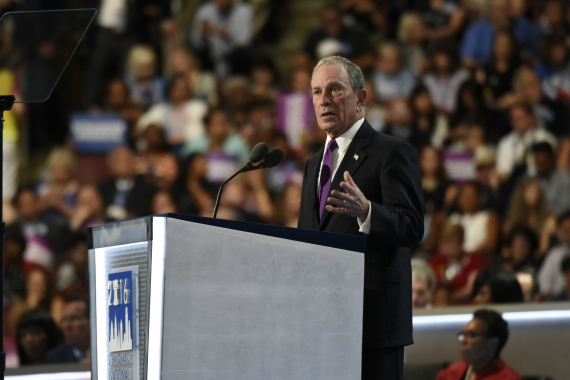
MUFG’s Head of Restaurant and Hospitality Finance Nick Cole shares end-of-year outlook for restaurant industry
The number of U.S. restaurants – including chain franchises and independent stores – has not yet rebounded to pre-pandemic levels, and is still meaningfully lower than what it was before the advent of COVID-19, according to Nick Cole, Head of Restaurant and Hospitality Finance at Mitsubishi UFJ Financial Group (MUFG).
As 2022 comes to an end, Cole shares several viewpoints on the restaurant industry.
Restaurant supply remains low
“The number of restaurants per capita is at its lowest point in 25 years against a backdrop of population growth,” Cole notes. “This supply/demand imbalance bodes well for restaurant chains even in the face of potential softening demand as we head into 2023.”
Although restaurant supply is down, Cole does not expect a significant increase in new developments in the near future as construction costs and building supply availability remain prohibitive factors.
Customers have been resilient in the face of economic strain
Cole adds that the decline in restaurant capacity due to the pandemic explains why restaurants have been able to pass on higher operating costs and rising inflation to the customer in the form of price increases, even as customers themselves endure the financial pressures of inflation with greater household expenses.
“Throughout much of the year, we have seen consistently higher sales figures due to rising menu prices and stable foot traffic. However, in the last month or two there are signs that foot traffic might be slowing,” Cole says. “If foot traffic continues to decline significantly, even an offset in prices might not be able to sustain revenue.”
Cole explains that demand starts to slow down when the impact on household budgets makes customers reevaluate their spending patterns, and he expects this trend to continue into 2023 as customers absorb the significant hike in the cost of living.
Margin compression and low M&A
As Cole and his team anticipated in November 2021, M&A has been constrained in 2022 because of margin pressures due to rising commodity prices, workforce shortages, and the need for higher expenditures to attract labor. “The current inflationary environment and resulting margin compression has hurt business results and is therefore driving M&A activity down,” Cole says. He anticipates business performance in the first half of 2023 to be better than in 2022 and potentially spur a pick-up in M&A.
Labor pressures continue to ease
Compared with this time last year, labor pressure has eased significantly within the restaurant sector, Cole says. “Most restaurants report that they are fully staffed now, however it is costing them more to do it. Ultimately, while it is still not easy to staff, pressure has been relieved across the board.”








































